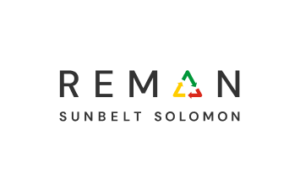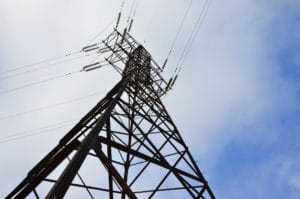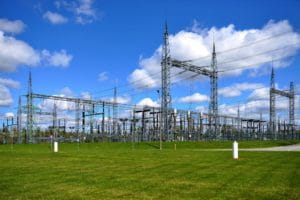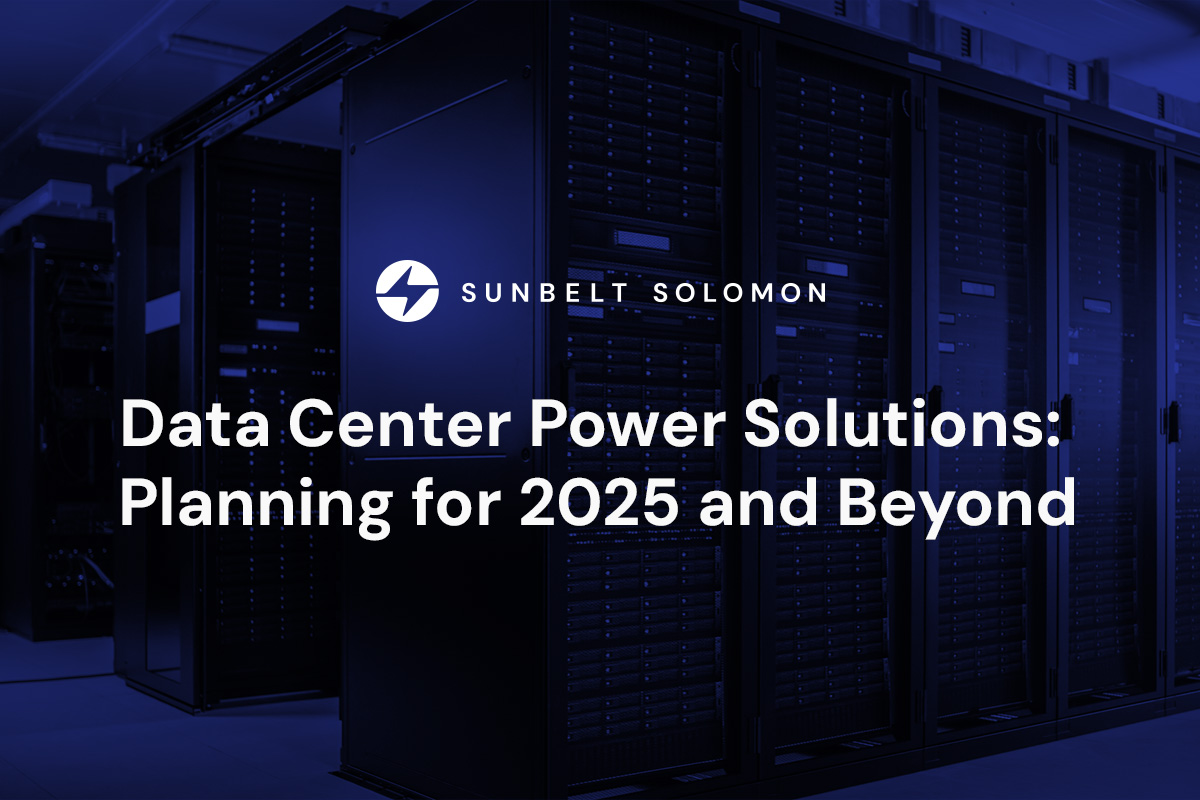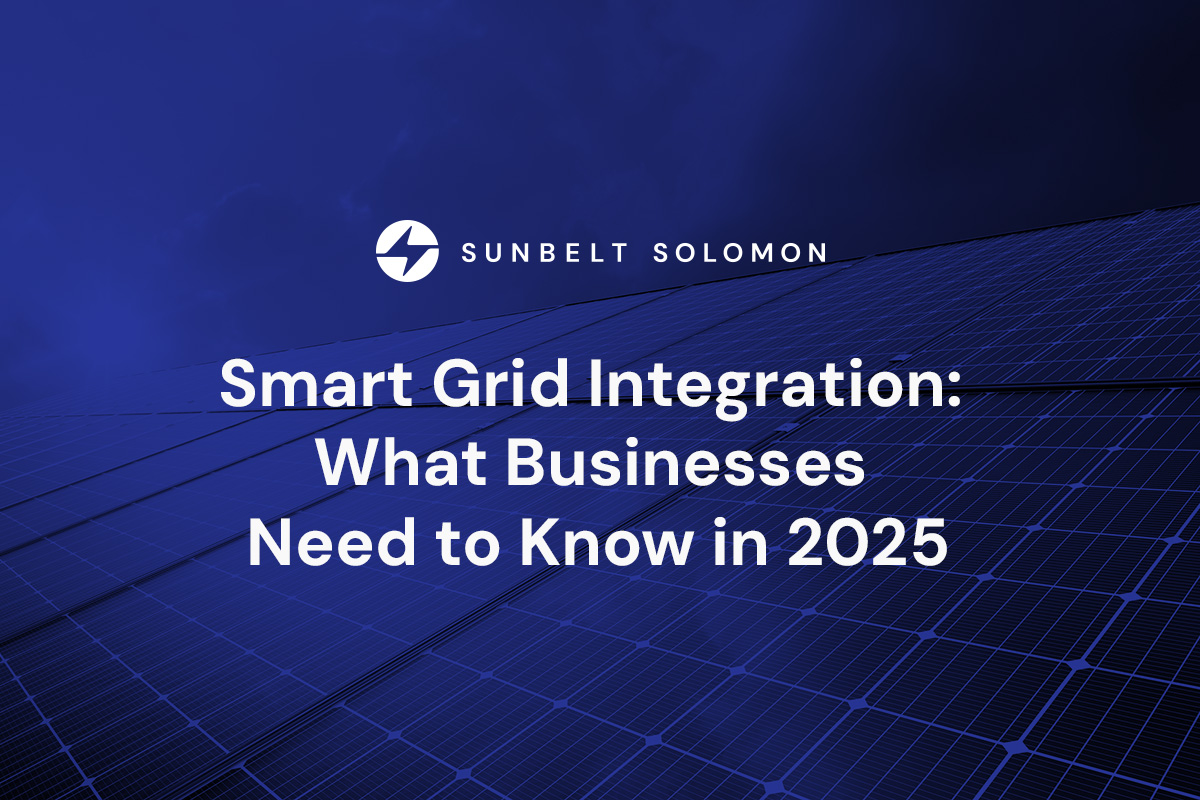
Smart grids use digital technology to monitor and manage electricity, increasing energy efficiency and sustainability. Technological advancements in smart grids enable energy providers to rdeliver more reliable power and reduce consumer costs.
You can use smart grid technology and reduce your company’s overhead costs through precise energy usage monitoring, consumption adjustments, demand response program participation, and renewable energy implementation.
Top Benefits of Smart Grids
Smart grid technology is growing and expanding, replacing today’s aging electrical infrastructure with more advanced, efficient solutions. Consider the following ways you can take advantage of energy efficiency in smart grids:
- Energy consumption monitoring and optimization: Smart meters allow you to measure a building’s electricity consumption more frequently. You can determine which utilities consume the most energy and make informed decisions to reduce your consumption. Smart appliances connect to an energy management system, adjusting operation schedules to reduce electricity use during peak times.
- Lower operating costs: Decreasing your energy consumption with smart meters can lead to reduced energy bills and overhead costs.
- Improved environmental impact: Your business can use smart grids to integrate new technologies such as solar energy, wind production and plug-in electrical vehicle charging. These renewable resources are sustainable alternatives that can reduce greenhouse gas emissions and improve your company’s carbon footprint.
- Enhanced sustainability: Smart grids also provide the data and automation necessary to manage wind farms and solar panels, optimizing their use and helping them deliver power in various conditions.
- Reliable power delivery: Traditional utilities are vulnerable to disruptions such as inclement weather, storms and electricity demand, which can lead to outages. A smart grid’s distribution system routes power from a utility to commercial properties through power lines, transformers and switches. This distribution intelligence automatically identifies complications to counter energy outages and fluctuations, rerouting and restoring energy delivery.
The Future of Smart Grids
You may notice these trends in the upcoming year as smart grid technology advances and expands:
Internet of Energy
Energy grids connect to Internet of Things (IoT) devices for real-time monitoring and energy management. You can make your building more efficient by connecting the following IoT devices and sensors to a smart grid:
- Solar panel monitoring devices
- Smart meters
- Industrial equipment sensors
- Electric vehicle chargers with vehicle-to-grid capabilities to sell excess energy back to the grid
- Heating, ventilation and air conditioning system controllers
- Connected appliances
Energy Storage Systems
Energy storage systems, such as pumped hydro storage and grid-scale batteries, help energy companies mitigate the inconsistency of renewable energy sources. Startup companies started developing smart energy storage systems and inverters for grid applications, balancing power supply and demand so utilities can manage electricity flow effectively.
Energy Management Through Cloud Computing
Startup companies are developing energy management platforms that combine IoT devices and machines with the cloud. Autonomous, accurate data collection simplifies energy usage tracking and analysis. The platform can also analyze a facility or an individual machine’s power factor variation, and its performance benchmarking feature enables comparisons of how much energy multiple devices and machines consume. With this technology, businesses can verify how impactful their energy-saving techniques are and adjust when necessary.
Demand Response Programs
Utility companies offer demand response programs to help reduce energy consumption during peak times. These programs provide financial incentives for companies that reduce energy usage during peak times, which helps lower demand, balance the grid and prevent blackouts.
Smart Grid Challenges and Solutions
While increasing smart grid connectivity is highly beneficial, it also increases the risk of cyberattacks and energy theft. Smart grids make it easier for people to tap into power lines, illegally using electricity and raising costs for paying customers. Cybercriminals can target energy infrastructure such as smart meters, distribution networks and control systems.
As a solution, enhanced grid security enables power companies to detect tampering and prevent theft with close monitoring. Advanced cybersecurity solutions, encryption protocols and intrusion detection systems (IDS) protect grids by securing data transmission and monitoring network traffic for suspicious or unauthorized activity.
6 Steps to Successful Smart Grid Integration
Leveraging smart grid technology is an excellent way to boost your company’s efficiency and profit margin. Consider the following tips to prepare for efficient smart grid integration in the upcoming year:
1. Install Smart Meters
Advanced smart meters help you track power consumption in real time. Invest in smart meters to gain better insights and control over your company’s energy usage.
2. Audit Your Current Energy Consumption
An energy audit reveals your current power consumption patterns and where to improve them. An audit reveals which equipment or appliances use the most energy and which times of the day your company consumes more power. You can use these insights to determine where and when to cut back on energy usage, reducing overhead costs for your facility and operations.
3. Participate in a Demand Response Program
A demand response program can further enhance your cost savings. You can participate in your utility provider’s demand response program and determine the most efficient ways to reduce energy usage during peak times, benefiting your community’s power grid and your budget. For example, you might shift certain operations to off-peak times or invest in motion sensor lighting for your facility.
4. Utilize an Energy Storage System
An energy storage system holds excess power during your facility’s low-demand times, so you can use it during peak hours. Utilizing a storage system can help you further reduce costs because it helps you avoid high-demand charges when you need to use energy during peak times.
5. Invest in Renewable Energy
Smart grids make it easier to integrate renewable energy sources such as wind and solar power. Consider installing renewable power sources such as solar panels or wind turbines to reduce your reliance on the grid.
6. Implement Reliable Cybersecurity Measures
Prioritizing cybersecurity measures protects your energy system from potential theft. You can protect your grid connection with the following solutions:
- Robust encryption
- Strong access controls
- An IDS
- Network segmentation
- Firewalls
- An advanced monitoring system
- Routine software updates
- Incident response planning
Enhance Your Power System With Sunbelt Solomon’s Solutions
Sunbelt Solomon offers transformers and renewable energy solutions for a wide variety of industries. Our expert engineers and technicians design, install, maintain and repair energy equipment to increase your power system’s reliability, and our full integration support helps you enhance your renewable energy initiatives for greater cost savings.
We can also buy and remove your current transformer if you’re ready for an upgrade, or you can rent a transformer from us for temporary power needs. Contact us to learn more or request a quote to enhance your energy system.
